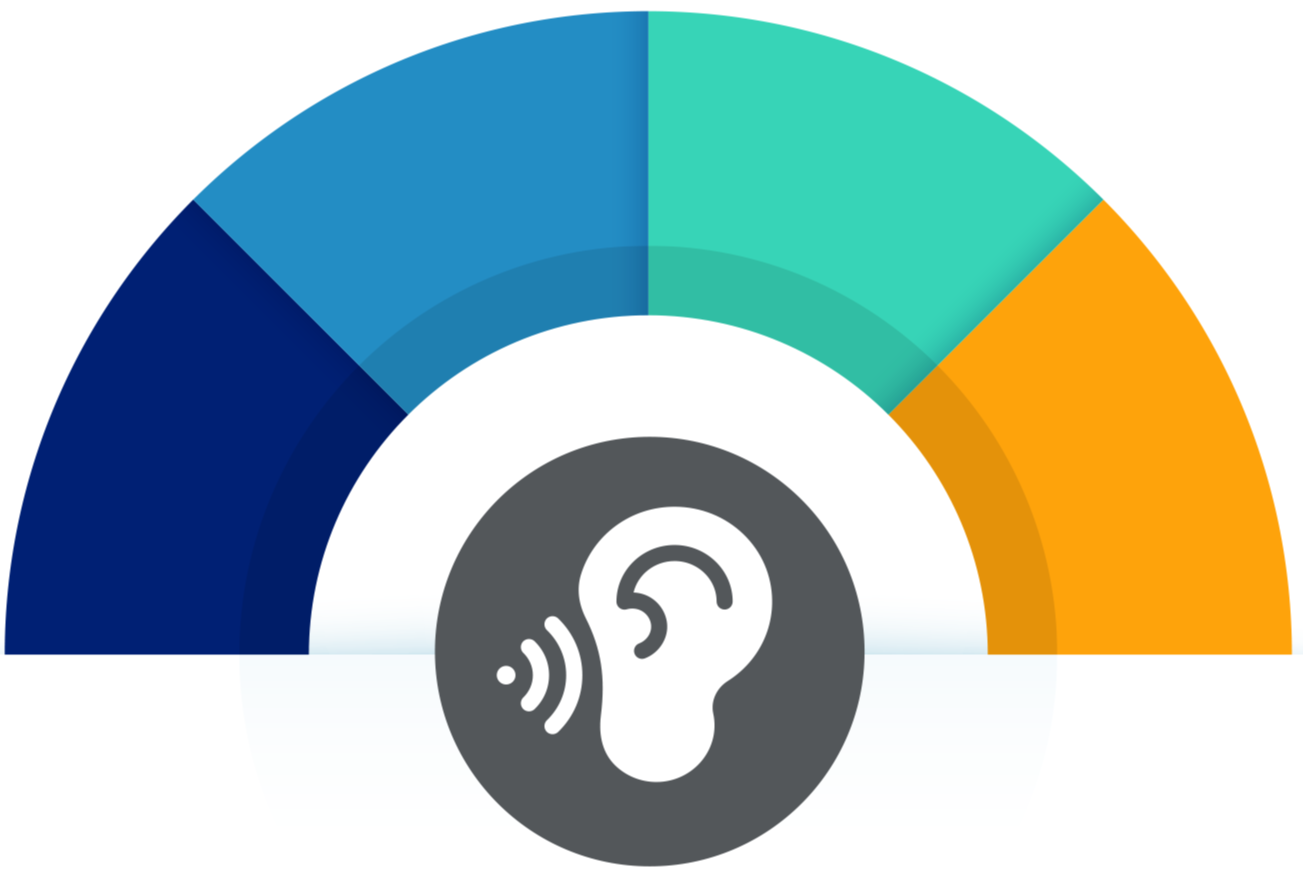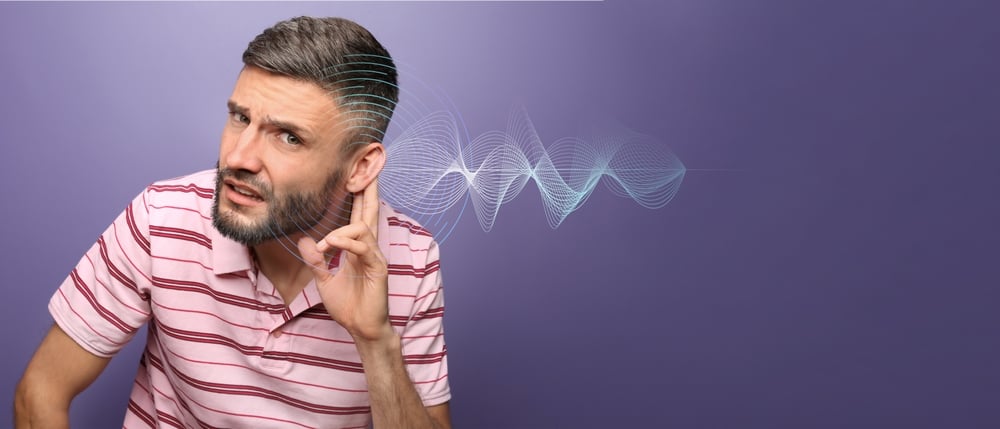The Remarkable Ear
The ear is remarkable. Its parts work together in perfect harmony to convert sound waves to mechanical signals and then to electrical signals that your brain perceives as sound.

.png)
How Hearing Works
Sound travels through the ear in three distinct phases. The brain interprets the sound waves as they travel through the ear.
Parts of the ear:
- Outer ear - the visible outer part (the pinna) and the ear canal
- Middle ear - includes the eardrum and three tiny bones (hammer, anvil, and stirrup), which as a connected component comprise the ossicles
- Inner ear - the snail-shaped cochlea and the hearing nerve, as well as semicircular canals that help us with balance
Each of these components of the ear performs a critical function in transmitting sound. Natural hearing relies on the components functioning together. If there is a malfunction anywhere in these phases, hearing loss may be experienced.
Unfortunately, some individuals have ears that don’t function optimally. Hearing loss can affect one ear or both ears and can stem from various causes.
.png)
Four Degrees of Loss
Struggle to hear speech at a normal level.
Ability to hear parts of speech, but difficulty with softer sounds.

Inability to hear most speech at normal levels; ability to hear loud sounds.
Inability to hear any normal speech; ability to only hear very loud sounds.
Types of Hearing Loss
Four types of hearing loss have been identified, and in most cases, each type is treatable.
Sensorineural Hearing Loss
Nerve-related (sensorineural) hearing loss is the most common type of hearing loss. It is caused when tiny hair cells in the cochlea are damaged or degraded, and don’t effectively transmit sound impulses to the brain. Sensorineural hearing loss often occurs in aging adults, but can also be caused by genetics, head trauma or exposure to loud noise. Previously, patients with this type of hearing loss only had two options: hearing aids or cochlear implants.

Conductive Hearing Loss
When the outer or middle ear malfunctions, limiting sound transmission, it results in conductive hearing loss. Common solutions for this condition include bone- anchored devices, surgically implanted osseointegrated devices or bone conduction surgery.
-1.png?width=800&height=612&name=Conductive%20(1)-1.png)
Mixed Hearing Loss
Mixed hearing loss is a combination of both sensorineural and conductive hearing loss. It’s caused by malfunctions in both the inner and the outer or middle ear. Audiologists typically recommend taking care of the conductive (above) component first. However, we recommend consulting with a hearing professional for an accurate diagnosis and treatment plan.
-1.png?width=800&height=578&name=Copy%20of%20Mixed%20Hearing%20Loss%20(1)-1.png)
Unique Diagnoses
In rare cases, none of the typical diagnoses apply, such as: Missing or severed hearing nerve, or Auditory Neuropathy Spectrum Disorder, where sound enters the ear normally but damage to the inner ear or hearing nerve prevents the brain from organizing it in a way that can be understood.

Trending on Our Blogs
Look at These Numbers: Hearing Loss, Chronic Disease and Your Choice
- Envoy Medical Staff Member
- November 22 2025
Fall into Hearing Safety: Why Autumn Noise Deserves Your Attention
- Envoy Medical Staff Member
- October 11 2025
Facing Hearing Loss: Support, Stigma, and Strength
- Envoy Medical Staff Member
- September 13 2025




